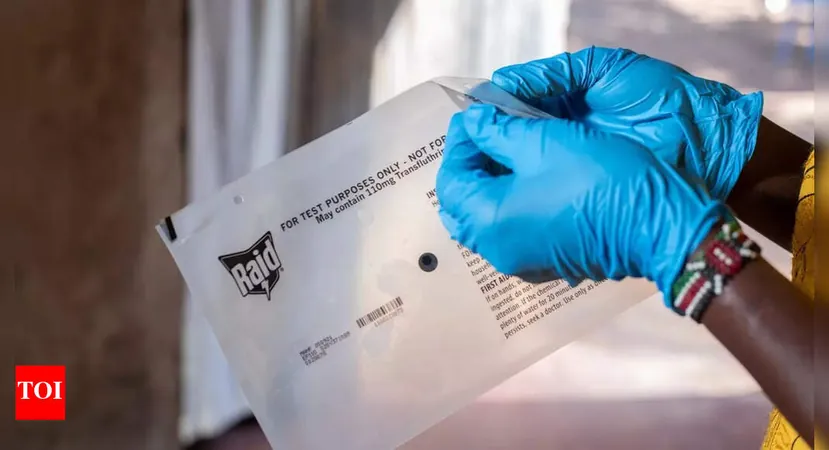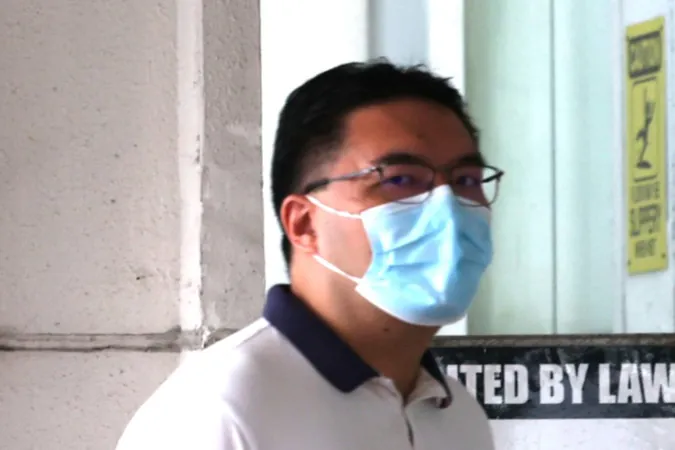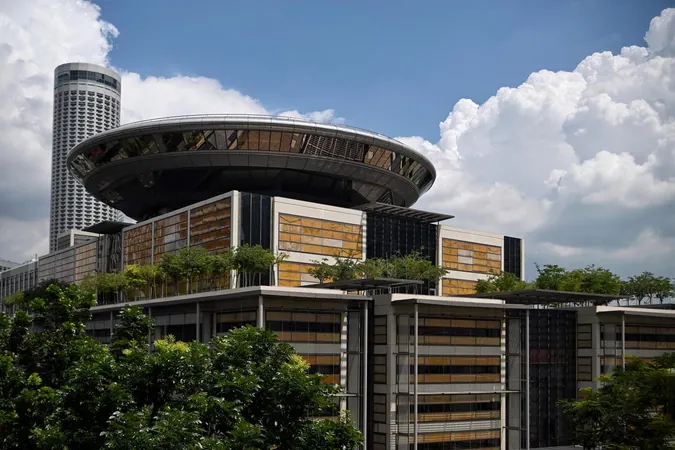
WHO Unveils Game-Changer in Malaria Battle: Spatial Repellents!
2025-08-30
Author: Daniel
Revolutionary Approval from WHO
In an exciting breakthrough in the fight against malaria, the World Health Organization (WHO) has officially endorsed spatial repellents, a cutting-edge tool to combat this deadly disease. This novel innovation is set to work hand-in-hand with traditional insecticide-treated nets, providing an enhanced defense against malaria.
What Exactly Are Spatial Repellents?
Spatial repellents, also known as spatial emanators, are ingenious devices that release mosquito-repelling chemicals into the air. They can be easily hung on walls within homes, offering a layer of protection not just when individuals are asleep, but throughout the day as they move around. This makes them especially valuable in environments where mosquitoes are resistant to common prevention methods.
Why Is This Game-Changer So Important?
Recent trials have shown that spatial repellents, when used alongside bed nets, can decrease malaria cases by nearly one-third. This approval marks the WHO's first introduction of a new malaria control tool in decades, bringing hope to regions plagued by this persistent threat.
Highlighted Products and Global Impact
As part of this new initiative, the WHO has prequalified two products, Mosquito Shield and Guardian by SC Johnson & Son, allowing aid agencies to distribute them in high-risk areas. This step not only represents a significant leap in vector control technology but also ensures that these life-saving tools are accessible.
Incredible Advantages of Spatial Repellents
1. **24/7 Protection:** Unlike bed nets that provide nighttime coverage, spatial repellents offer round-the-clock defense.
2. **Easy Installation:** These lightweight devices require no electricity and can be hung effortlessly.
3. **Resistance Adaptability:** Their chemical formulas can be updated promptly to keep pace with evolving mosquito resistance.
4. **Versatility:** Ideal for locations like humanitarian camps or urban areas struggling with proper malaria prevention infrastructure.
5. **Longevity:** Some products like Guardian can remain effective for up to a year, delivering sustained protection.
Potential Drawbacks?
While this innovation brings hope, it’s not without challenges. The WHO emphasizes that spatial repellents should not replace other tools but be used in conjunction. There are concerns that some might abandon bed nets for these repellent solutions, which could undermine overall malaria protection.
Environmental considerations regarding disposal and its efficacy in outdoor settings remain subjects of ongoing research.
Real Success in the Field
Recent trials in Kenya have shown promise, with the Mosquito Shield reducing malaria infections by about 33% in children aged 6 months to 10 years. Unitaid is backing this initiative with an $18 million investment to enhance research into their standalone efficacy and application in humanitarian crises.
With SC Johnson's ramped-up production efforts in Kenya and Argentina, spatial repellents are set for widespread distribution, making strides toward a malaria-free world.
Join the Conversation!
Do you think spatial repellents will make a significant difference in reducing malaria tales? Let us know your thoughts!



 Brasil (PT)
Brasil (PT)
 Canada (EN)
Canada (EN)
 Chile (ES)
Chile (ES)
 Česko (CS)
Česko (CS)
 대한민국 (KO)
대한민국 (KO)
 España (ES)
España (ES)
 France (FR)
France (FR)
 Hong Kong (EN)
Hong Kong (EN)
 Italia (IT)
Italia (IT)
 日本 (JA)
日本 (JA)
 Magyarország (HU)
Magyarország (HU)
 Norge (NO)
Norge (NO)
 Polska (PL)
Polska (PL)
 Schweiz (DE)
Schweiz (DE)
 Singapore (EN)
Singapore (EN)
 Sverige (SV)
Sverige (SV)
 Suomi (FI)
Suomi (FI)
 Türkiye (TR)
Türkiye (TR)
 الإمارات العربية المتحدة (AR)
الإمارات العربية المتحدة (AR)